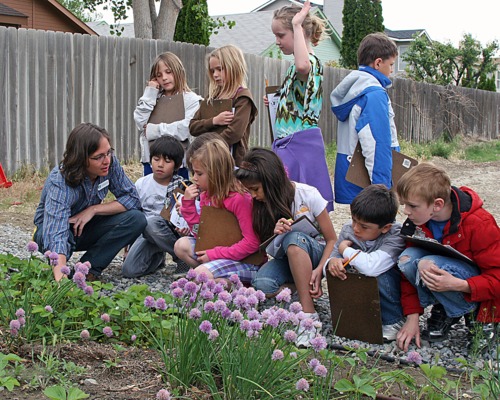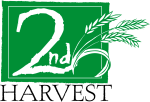
The food bank, while not solely focused on nutrition education, should consider the opportunity to take compassion a step further. One way is to provide access to diverse foods of high nutritional value and the means to prepare them in an appetizing way. If anyone is overworked and underappreciated it is a food bank manager, and the prospect of adding an element beyond the business of food-in/food-out can be overwhelming. Fortunately, there are resources within the community and online that can be utilized by bank management with little effort on their part.
As with much of the advice in this guide, local pantries can improve their impact in the community by clearly defining a present need and connecting with the people that have the means, motive and opportunity to meet that need. This problem can be solved much the same as the problem of finding food which pantries are very familiar with. In addressing the nutrition education deficit that breaks down to:
Means: Who in your community is a nutrition or public health expert? Who has the information your clients need access to?
Motive: Is there someone in the community motivated to bring this knowledge to the clients? This motivation may come from their job requirements, in the case of county health officials, or the moral imperative of a local physician or other health practitioners.
Opportunity: Do they know the problem exists and that the bank is open to their assistance in nutrition education?
How to prepare fresh produce and the health benefits of doing so is an important part of our overall goal to end hunger in America. See the documents section for a list of online resources for finding further assistance in nutrition education programs for your clients


